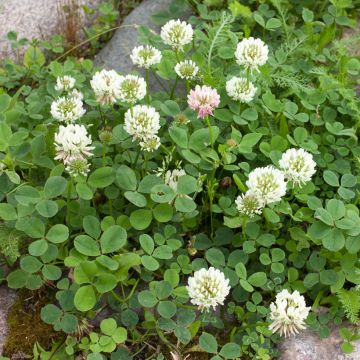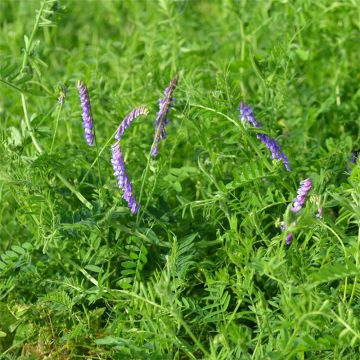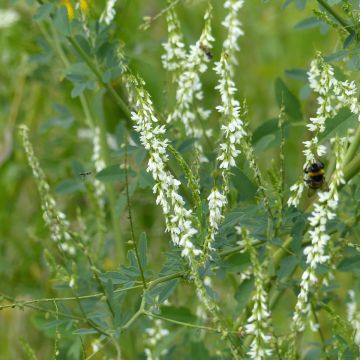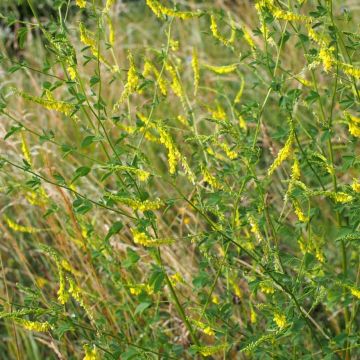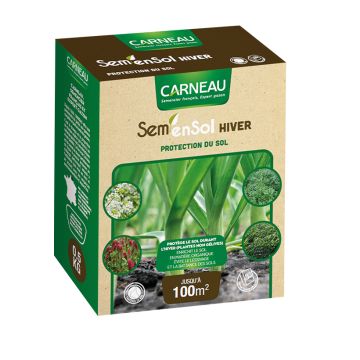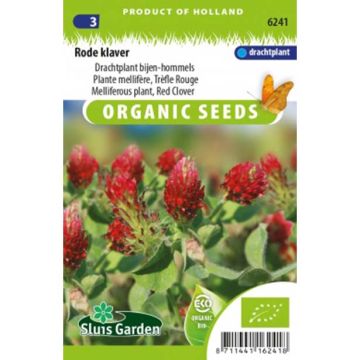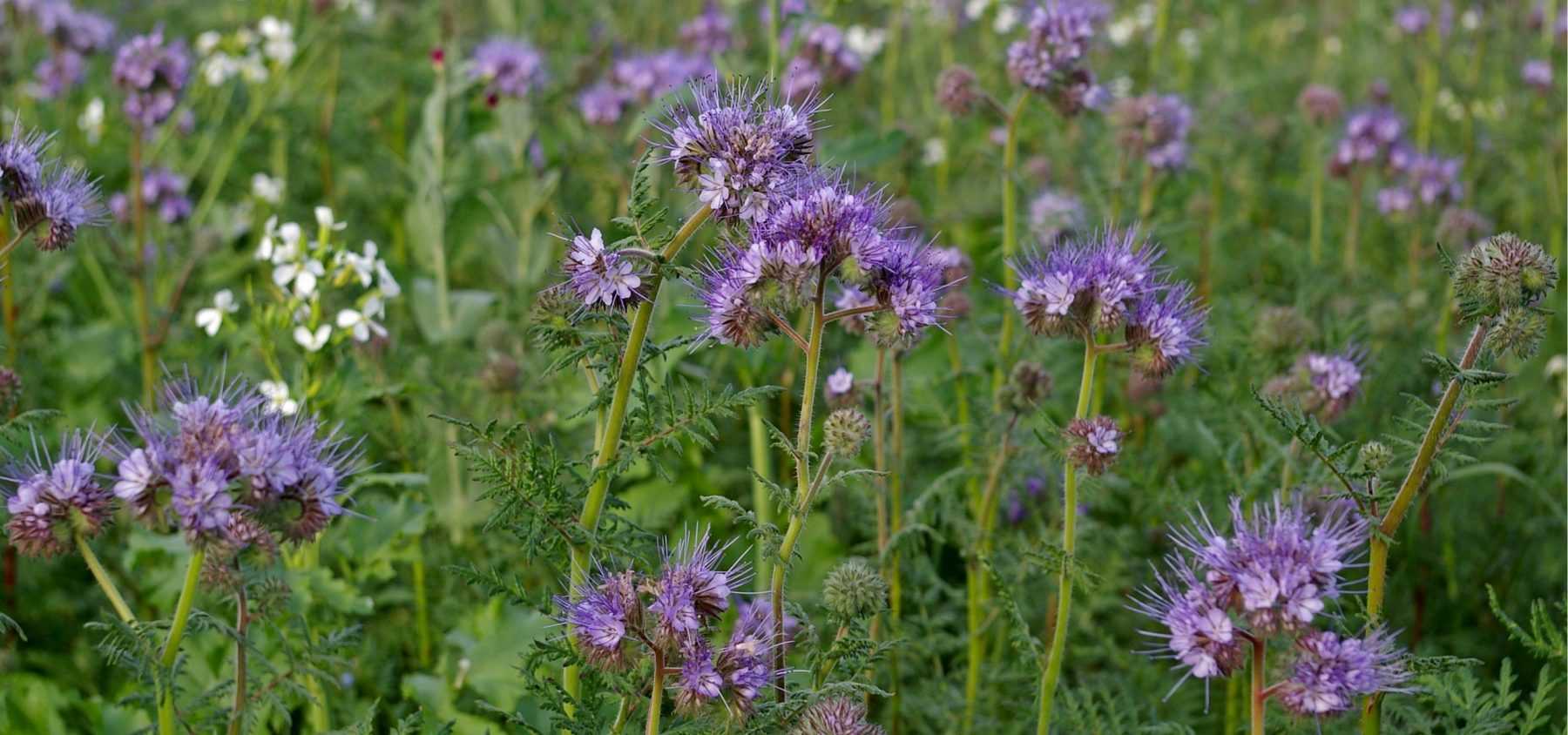
Green Manures: Why and How?
Getting to know them and using them in the vegetable garden
Contents
Using green manures is one of the best practices in vegetable gardening, especially when following organic methods. This plant cover technique, highly valued in permaculture, involves growing specific plants (Mustard, Phacelia, Vetch…) on temporarily uncultivated plots, and sometimes as an intercrop between vegetable rows. Discover the benefits of green manures in the garden and how to grow them successfully!
Why grow green manure?
Green manures offer numerous benefits:
- They nourish and cleanse the soil by providing various nutrients, stimulating microbial life, and sometimes having a nematicidal effect (mustard),
- They improve soil structure, loosening and aerating it thanks to their vigorous root systems,
- They protect the soil from leaching (nutrient loss in sandy soils), surface crusting (in silty soils due to heavy rain), and erosion (caused by runoff on sloping terrain during heavy rainfall),
- They prevent weed growth, even “cleaning” plots by leaving no space for weeds to develop,
- They feed pollinators as they are often nectar-rich (phacelia).
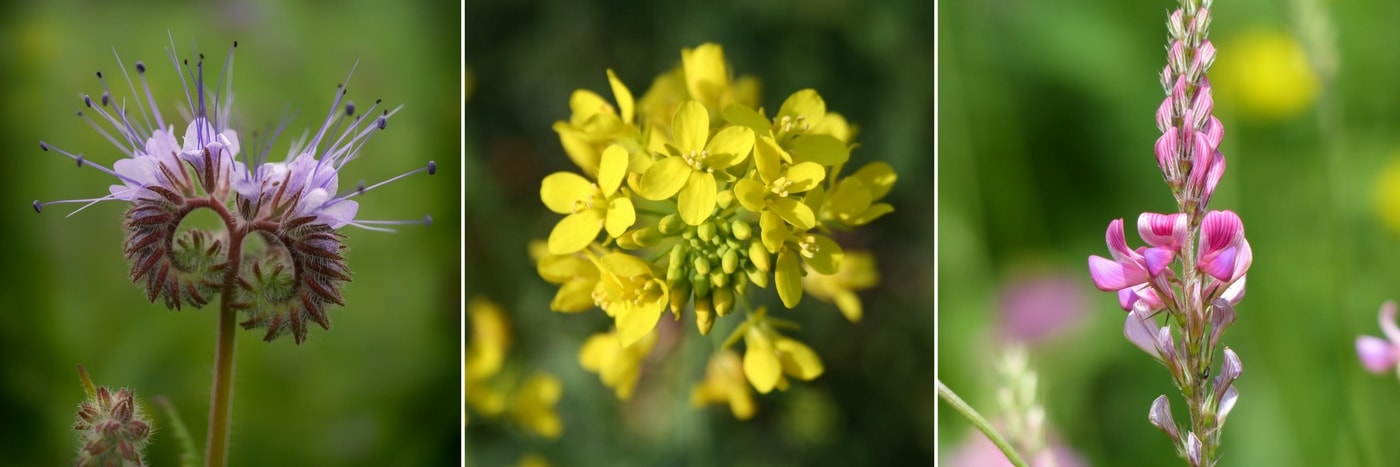
Phacelia, white mustard and sainfoin
Read also
Feeding the Soil NaturallyHow to choose a green manure?
The choice of green manure depends on several criteria:
- the desired effect: Vetch and Lathyrus provide nitrogen, buckwheat is known for its “cleansing” properties, and Gold of Pleasure helps loosen compacted soil,
- soil type: Fenugreek, Sainfoin and Alfalfa thrive in chalky soil, while Lupin prefers acidic soil,
- the subsequent crop, as green manure plays a role in crop rotation. For example, before planting cabbages, avoid using Mustard as both belong to the Brassicaceae family. Instead, opt for Phacelia, which is very versatile as it belongs to the Hydrophyllaceae family, which includes no vegetable crops.
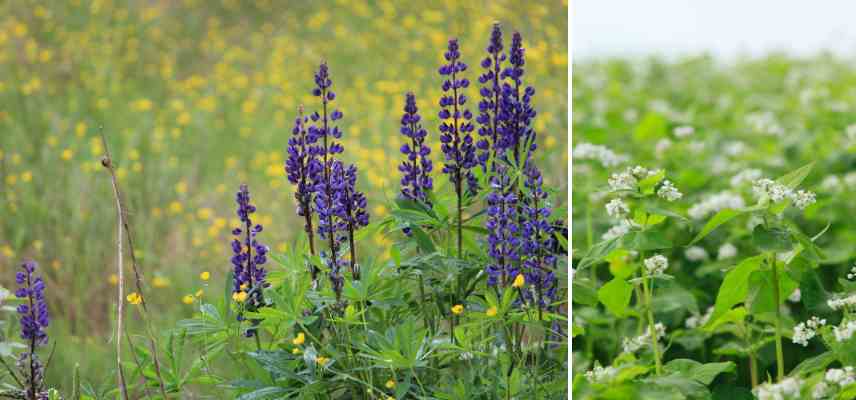
Lupin and buckwheat
Discover other Green fertilisers
View all →Available in 1 sizes
Available in 1 sizes
Available in 2 sizes
Available in 1 sizes
Available in 4 sizes
Available in 1 sizes
Available in 1 sizes
Available in 1 sizes
Available in 1 sizes
Available in 1 sizes
How to sow green manure?
Green manures are easy to establish. They can be sown in spring or late summer, broadcast by hand, following the recommended quantity per m2. You can sow them as a mix, combining for example a grass and a legume: this will allow you to benefit from the advantages of both crops (soil structure improvement and nitrogen supply).
- Start by preparing the soil: loosen it with a spade or a broadfork, remove weeds and large stones, break up clods of earth, and refine the seedbed using a cultivator or rake.
- Sow the seeds by broadcasting, distributing them evenly.
- Cover the seeds with a little compost.
- All that remains is to water with a fine spray, to avoid displacing the seeds.
To learn more, check out our tutorial: “When and how to sow green manures?”
What to do with green manure after cultivation?
Green manure is naturally destroyed by frost or by mowing more or less early (in any case, before seed formation). Once destroyed, the green manure can, as desired:
- be left in place as mulch, it will decompose on site within a few weeks,
- be shredded and incorporated into the top layers of soil, the next crop can then only be planted three weeks later,
- be collected and added to the compost, for quick cultivation of the plot.
- Subscribe!
- Contents


































